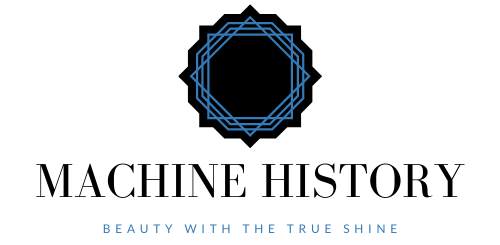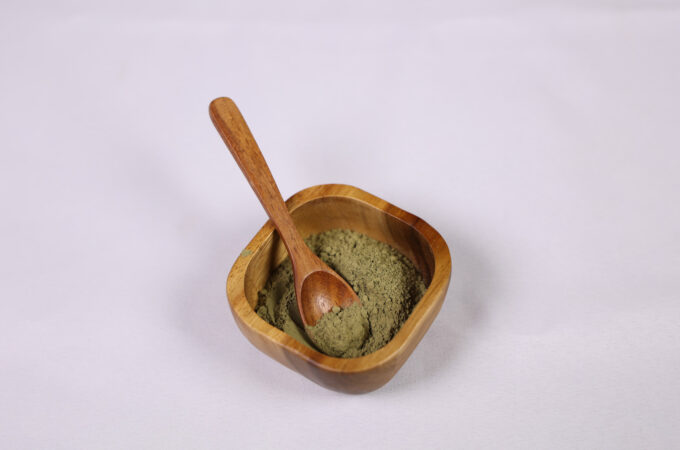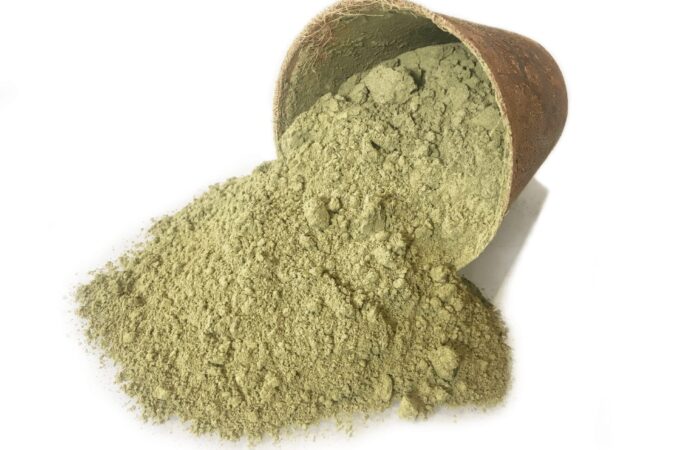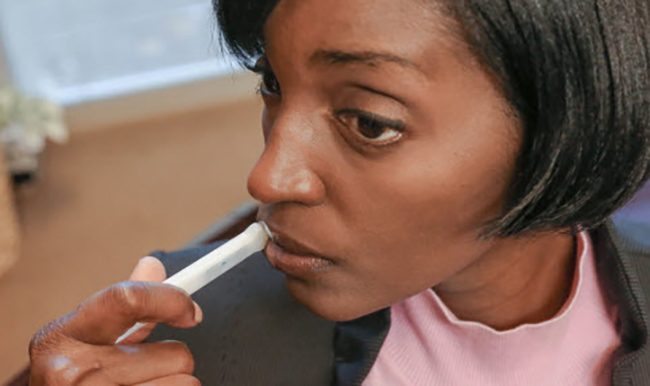
What Is Varicose Veins Disease? Which Treatment Option Would Be Best For You ?
Varicose veins occur when blood vessels that return blood from your lower extremities back to your heart are damaged or weakened. Though they’re harmless most of the time, they can cause quite a bit of pain and other unpleasant symptoms such as itching and swelling. In addition, varicose veins can be incredibly painful when they get very large and swollen.
Varicose veins are caused by an increase in pressure on the veins caused by age and weight gain; the vein can become swollen, red, and tender. The pain may be worse at night or when walking. The varicose vein may also feel like a rope pulled down the leg, making walking even harder. A doctor will diagnose varicose veins by looking for the symptoms and a physical examination in the sitting position.
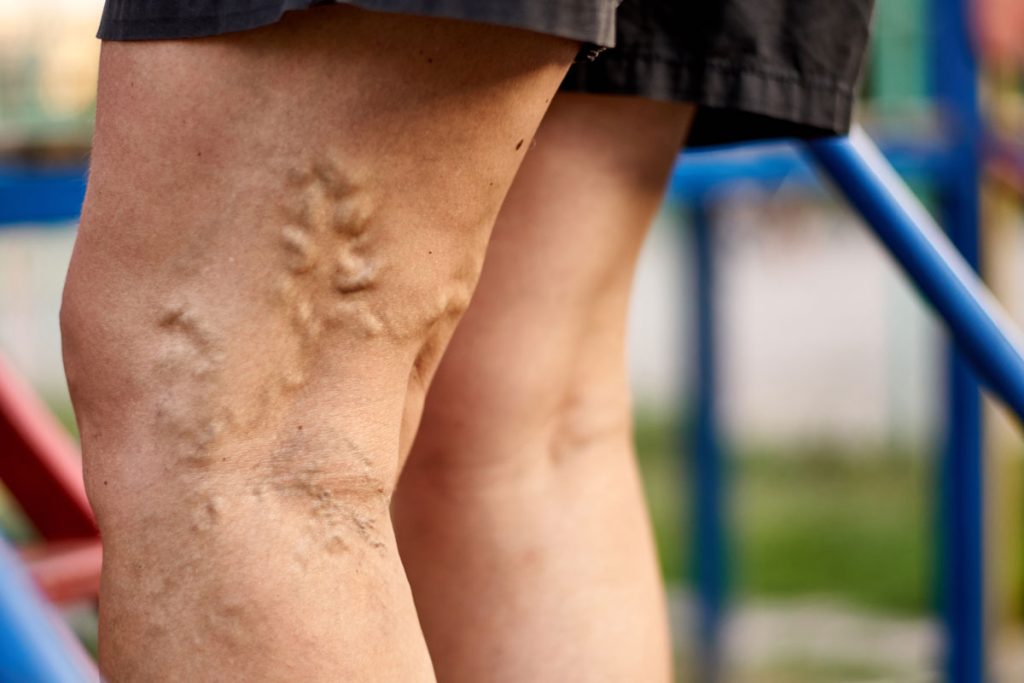
The Vein doctors will take a history of the patient’s medical history and review their lifestyle to analyze their potential risk factors for having varicose veins. When the valves get weak or don’t close properly, this cause’s varicose vein disease.
Surgery – One Of The Treatment Option
Varicose veins are a common but uncomfortable and potentially dangerous condition. While you may be tempted to save some money by ignoring them, it’s much more beneficial in the long run to explore your options for treatment. While varicose veins are typically harmless, they can become serious problems if left untreated. The good news is that undergoing treatment for them can help you avoid developing many of the more serious problems.
- Improved Blood Circulation
Varicose veins often develop due to abnormal postures or standing for long periods. To improve blood circulation, the veins need to be relocated and returned to their normal position or removed if this is not possible. This can be done very easily with the technology used for varicose vein surgery these days, and recovery time is minimal. One reason for choosing this treatment is that it ensures blood flows naturally in the upper area of your legs and enables you to walk normally without pain.
- Improved Heart Health
While varicose veins can develop due to prolonged standing or sitting, they are also associated with other factors such as high blood pressure and atherosclerosis. Therefore, they can contribute to more serious heart conditions, such as myocardial infarction and stroke. Surgery is a promising way to treat varicose veins under these circumstances because this procedure can remove varicose veins that are otherwise difficult to reach through conventional methods.
- Increased Energy Levels
Varicose veins can limit your physical activity, particularly sports and other forms of exercise. Removing them is the best way to increase energy levels because it will improve blood circulation and heart health. If you have varicose veins that have not been removed, you could consider varicose vein surgery since this procedure restores proper blood flow and ensures better endurance.
- Improved Skin Texture
Varicose veins can develop due to age, but they also commonly appear due to prolonged standing or sitting. They can cause various problems, including stretch marks, rashes, and spider veins. However, these veins can be easily treated with the technology used for varicose vein surgery. The procedure requires minimal incisions, and you’ll likely be back to normal within two weeks as far as your skin texture is concerned.
Drawbacks Of Surgeries
Varicose veins occur when blood that normally returns to the heart into the veins is instead forced through them, causing irritation and inflammation. When it comes to varicose vein treatment, there are a lot of pluses and minuses involved. Many patients have much success with the treatments and eventually don’t notice the veins anymore. But vein doctors tell that some of them can suffer from the side effects of the varicose veins surgeries. Today you are going to learn about some of the drawbacks or side effects of undergoing surgery to get varicose veins treated.
- Pain and bruising
The aftereffect of surgery involves pain and bruising near the area where the surgery took place. The pain is usually minimal and will go away after a few weeks. But bruising, on the other hand, can last for several weeks or months.

- Scarring
Varicose veins are caused by fluid buildup in the lower extremities. This buildup can cause tissue damage if left untreated. The scar tissue that results from this damage can cause problems later on in life, both physically and emotionally. You might experience a burning sensation when you walk downstairs or run and get winded easily as well as numbness in your hands and feet.
- Nerve damage
The blood vessels responsible for distributing oxygen and other nutrients to the lower limbs run through the area where surgery is usually performed. If a patient finds that they are suffering from numbness in the legs after surgery, this could be nerve damage.
- Infection
It is possible for patients who undergo varicose veins surgery to get infected after their procedure. This can be caused by not following proper care instructions. If a patient gets an infection from varicose veins surgery, it will require them to take antibiotics in order to get rid of it.
Varicose Treating Options
There are two main types of surgery for varicose veins, endovenous laser ablation and surgery.
Endovenous treatment
Endovenous laser ablation is minimally invasive procedures that tightens and closes the vein so blood can no longer pool. The procedure also prevents blood from flowing back into the vein and causing additional problems down the line, such as clotting or inflammation. The procedure involves inserting a catheter into the diseased vein with the help of ultrasound so that a laser can be used to heat and destroy the vein wall. This allows blood cells to clot naturally in a small region at the tip of the vein. The clot gradually expands, creating an out pouching within the vein wall that seals off any blood flow through it.
Over time, the clot can be enlarged, causing complete closure of the vein and reducing blood flow. Endovenous laser ablation is more effective than endovenous sclerotherapy for treating varicose veins. As part of your intravenous treatment regimen, your doctor will monitor your progress and may recommend you have a follow-up procedure at a later date if necessary.
Surgeries
Surgery is an invasive procedure that involves removing part of your vein to make it coil more tightly, which increases blood flow to your leg muscles and reduces any pain associated with varicose veins. Endovenous Laser Ablation (EVLA) is a minimally invasive endovascular treatment gaining wide acceptance as the first-line treatment for varicose veins. In cases where ablation is not possible or is not necessary, surgery may provide relief from pain. In certain cases, surgery may be recommended before an ablation by vein doctors or surgeons.
